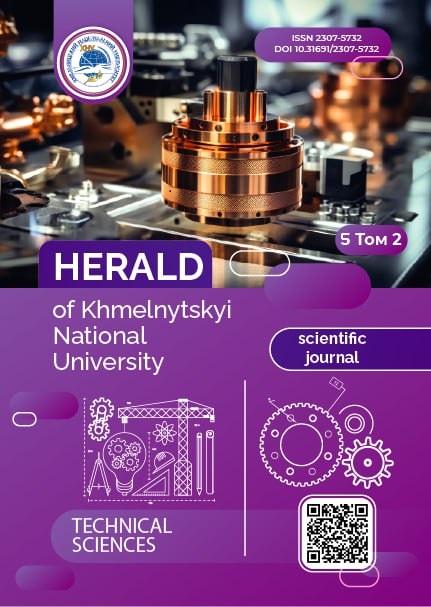A FORMALIZED APPROACH TO SELECTING AN AGILE PROJECT MANAGEMENT METHODOLOGY FOR IT PROJECTS UNDER UNCERTAINTY
DOI:
https://doi.org/10.31891/2307-5732-2025-357-79Keywords:
project management methodology, multi-criteria selection, similarity function, Agile, Scrum, decision support systemAbstract
This paper presents a formalised approach to the selection of project management methodologies in the IT domain under conditions of uncertainty and high variability. The proposed model is based on a weighted similarity function that compares the normalised characteristics of a project environment with the suitability vectors of candidate methodologies. Each project is described by a vector of attributes such as requirement volatility, technical complexity, team size, and delivery constraints, while each methodology has a predefined suitability profile reflecting its alignment with these attributes.
The similarity function computes the closeness between the project and each methodology using weighted absolute distance. Unlike established MCDM approaches such as AHP, TOPSIS or PROMETHEE, this model does not require pairwise comparisons or complex expert evaluations, which significantly reduces cognitive load and improves practical applicability. The method is computationally lightweight and can be embedded into decision support systems or integrated into project management platforms (e.g. Jira, Redmine) through web-based interfaces or plug-in modules.
An illustrative example is provided using synthetic project data. Three well-known methodologies—Scrum, Kanban and Waterfall—are evaluated against a hypothetical project profile. The results demonstrate the model's capability to rank alternatives in a way that reflects the specific context of the project. The transparency of the similarity calculation ensures that decision-makers can interpret and trust the recommendation produced by the system.
Identified limitations of the approach include the fixed nature of weights, the linear structure of the similarity metric, lack of self-adaptation to evolving project environments, and limited scalability when dealing with large numbers of criteria or alternatives. Future research directions include the incorporation of fuzzy logic for processing linguistic variables, dynamic adjustment of weights through machine learning based on historical project outcomes, and the extension of the methodology to support real-time decision-making within agile toolchains and CI/CD environments.
Downloads
Published
Issue
Section
License
Copyright (c) 2025 СЕРГІЙ ТРЕВОГО, ІРИНА ГАДЬО (Автор)

This work is licensed under a Creative Commons Attribution 4.0 International License.

